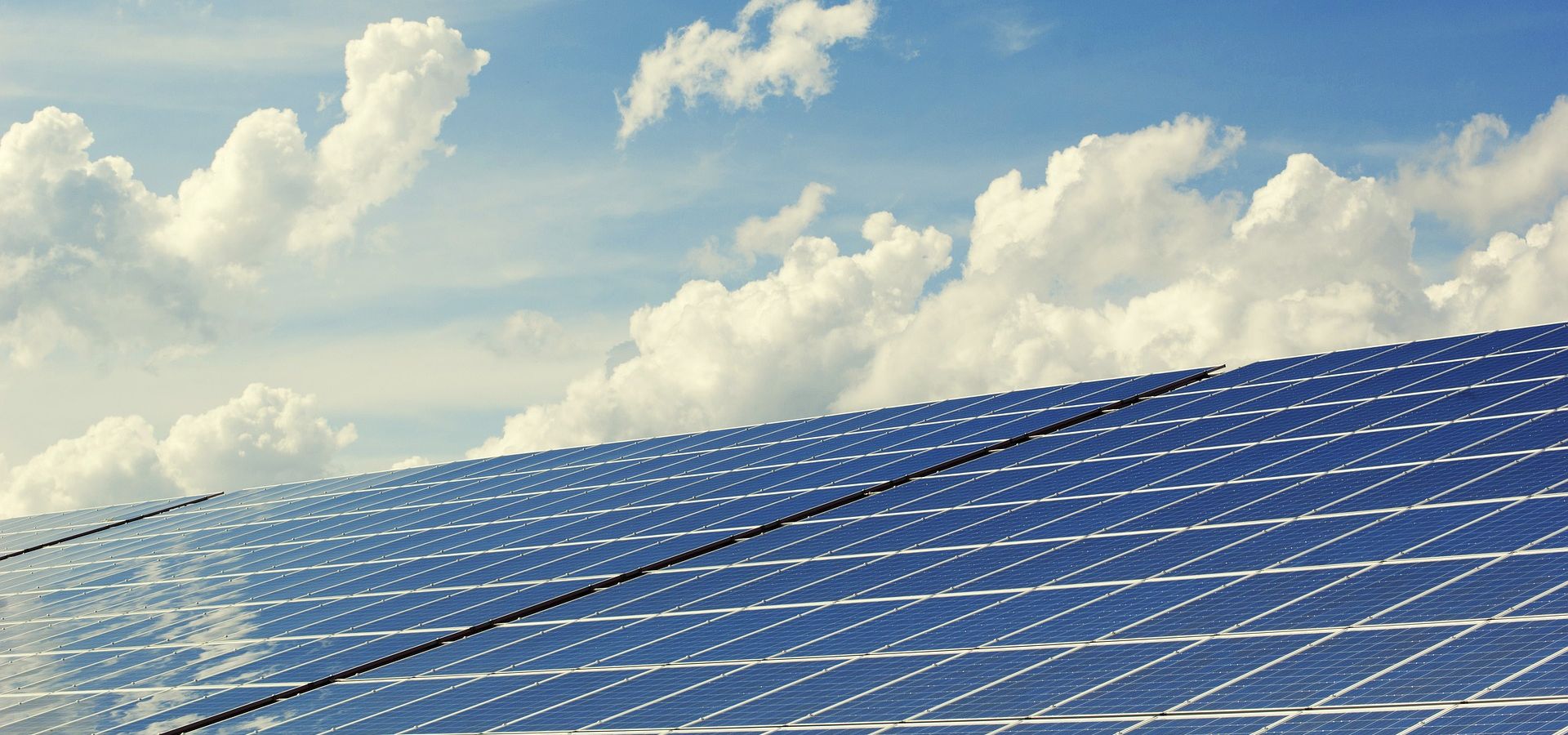The Mexican solar business continues to attract international investors – in December 2018 they spent $87 million dollars. Charles W. Thurston takes a look.

The latest in a rapid string of solar projects being announced in Mexico is the 80 megawatt Chihuahua project (Public Domain)
Mexico’s phenomenal solar expansion over the last three years makes it one of the fastest growing solar nations on the planet. Much of this growth has been financed by a host of multilateral development banks, including several from the United States. Four of these banks have just committed to an 80 megawatt project in Chihuahua state being developed by Spain’s X-Elio.
The Mexico solar program also is setting world records for low cost bids: the government’s September 2017 third bidding round registered an average price of $20.57 per megawatt-hour, a new low record at the time. The third round will bring an estimated 1.3 gigawatts (GW) of solar capacity to the country with an investment of over $1 billion. The three auctions together will add almost 5 GW of solar capacity, with a cumulative investment of $5 billion for about 40 solar plants.
Typically, the multilaterals are early investors in a developing country’s infrastructure, and aim to help establish a market, so that private banks will follow them in. In Mexico, the solar financing wave is being fueled in large part by Mexico’s renewable energy goals, which are for 35% by 2024 and 50% by 2050, with a specific carve-out for solar at 23%.
The latest in a rapid string of solar projects being announced in Mexico is the 80 megawatt Chihuahua project unveiled last week by Spain’s X-Elio, with financing from IDB Invest — the private sector arm of the Inter-American Development Bank, the Canadian Climate Fund for the Private Sector of the Americas, the Chinese Fund for the co-financing of the Americas, the Official Credit Institute and the MUFG Bank.
X-Elio CEO Jorge Barredo said “Mexico is one of the key points in our development and international expansion strategy and our idea is to continue growing in this market, whose energy goals have made it an attractive region for clean energy.” X-Elio already operates a 74 MW solar farm in the Guanajuato area.
Earlier this month, the European Investment Bank (EIB) committed $87 million in financing for three solar power plants in Mexico, including the combined 828 MW Villanueva I and Villanueva III projects, and the 260-megawatt Don José project in Guanajuato. The Villanueva project is said to be the largest solar park in South America.
Along with the EIB, investors in the X-Elio project included IDB Invest, the Inter-American Development Bank, and Mexican development bank Bancomext. Private banks also investing include MUFG Bank, BBVA Bancomer, CaixaBank, and Natixis.
A frequent Mexico solar financier is the North American Development Bank (NADB), based in San Antonio, which was formed as a result of NAFTA. Last year, the NADB approved the 317.5 MW Puerto Libertad Solar Park for the municipality of Pitiquito, in Sonora State. The bank is considering a $75 million loan for the $400 million project, slated to come online in June.
NADB also lends for US solar projects. One in the pipeline is a set of solar plants, the 6 MW Ecoplexus Calipatria and the 6 MW Ecoplexus Centinela (6.0 MWAC) solar plants, for the Imperial Irrigation District, in Imperial County, California. The bank could lend up over $17 million for the development.
Based on the solar resource assessments developed by Mexico’s energy agency SENER, Sonora state has a high potential for solar energy development, with solar irradiation resources estimated at 2,600 GWh/year. Solar irradiation in the state is 45% higher than the national average, mainly in the northern area of the state, a neighbor to Arizona and New Mexico.
NADB is currently financing the development of the 43.2 MW Santa Rita Solar Project in Villa Ahumada, Chihuahua state. The bank is also financing the 43.4 MW Los Juan Pablos Solar Project in Caborca, Sonora. Three earlier solar projects also have been financed in Mexico.
The potential for cross-border energy industry trade between Mexico and the United States is massive. Apart from the flow of energy itself, the equipment and services for the development of solar in Mexico is significant, according to the Center for American Progress, “an independent nonpartisan policy institute.”
“By using existing North American trade and production systems, where goods cross the border multiple times during the production process, the United States has an opportunity to enhance its manufacturing of solar photovoltaics (PV) in the United States and install them along the Northern deserts of Mexico to engage in cross-border solar energy generation and transmission,” said CAP in a study last year. “Such development of price-reduction and deployment strategies would not only benefit U.S. solar PV manufacturing, it would also boost exports and U.S. clean energy production,” the group adds.
Charles W. Thurston specializes in renewable energy, from finance to technological processes. Among key areas of focus are bifacial panels and solar tracking. He has been active in the industry for over 25 years, living and working in locations ranging from Brazil to Papua New Guinea.
This article has been republished from CleanTechnica.